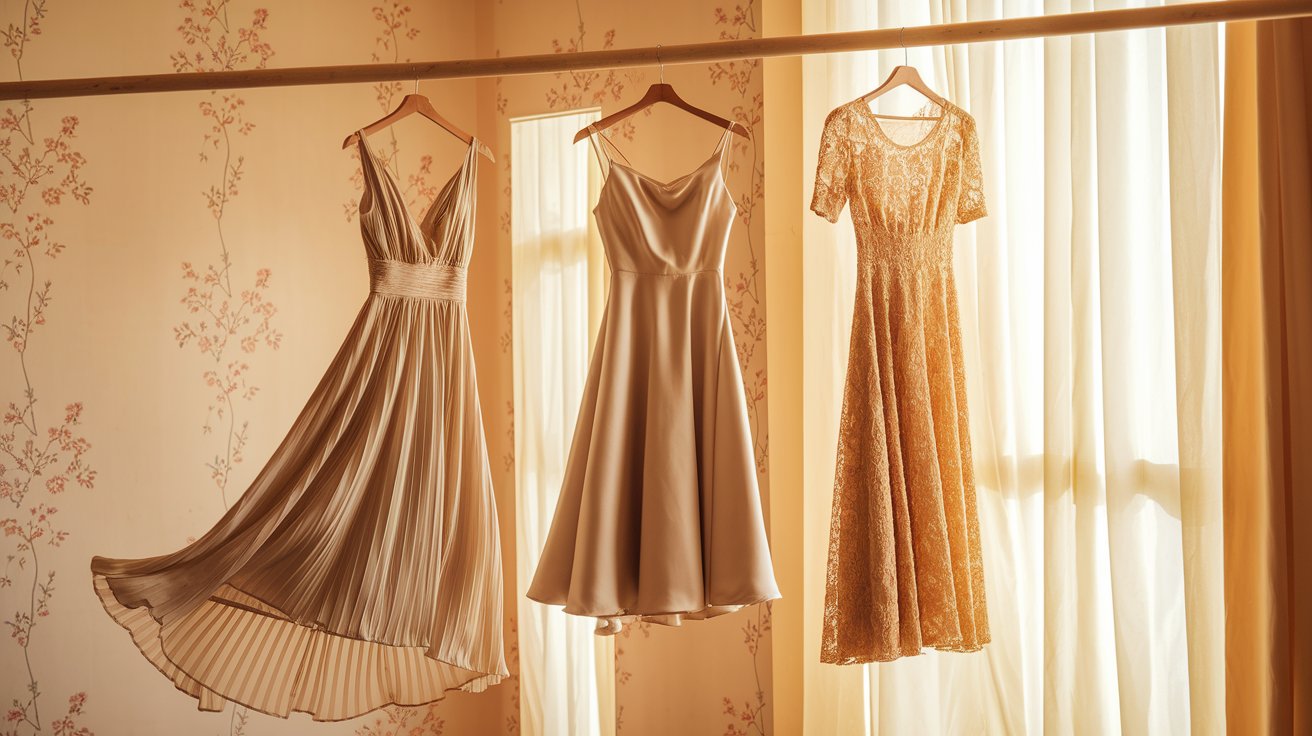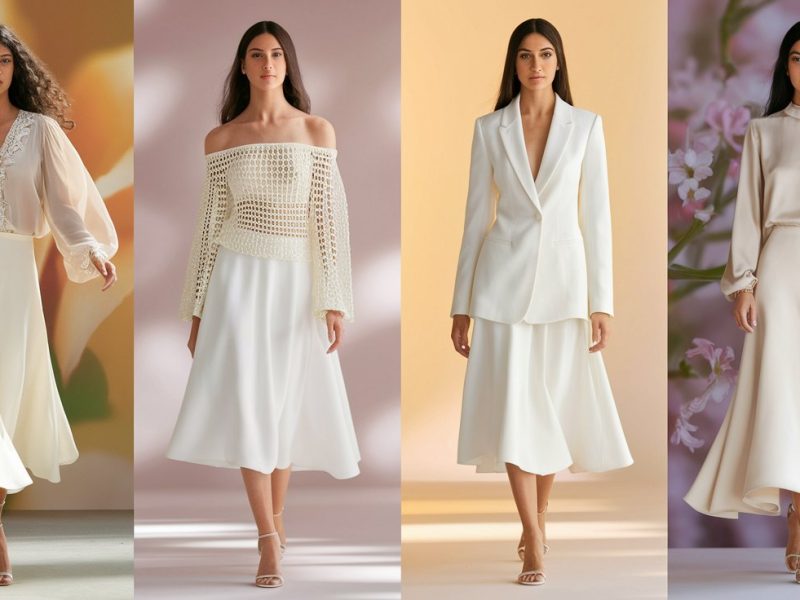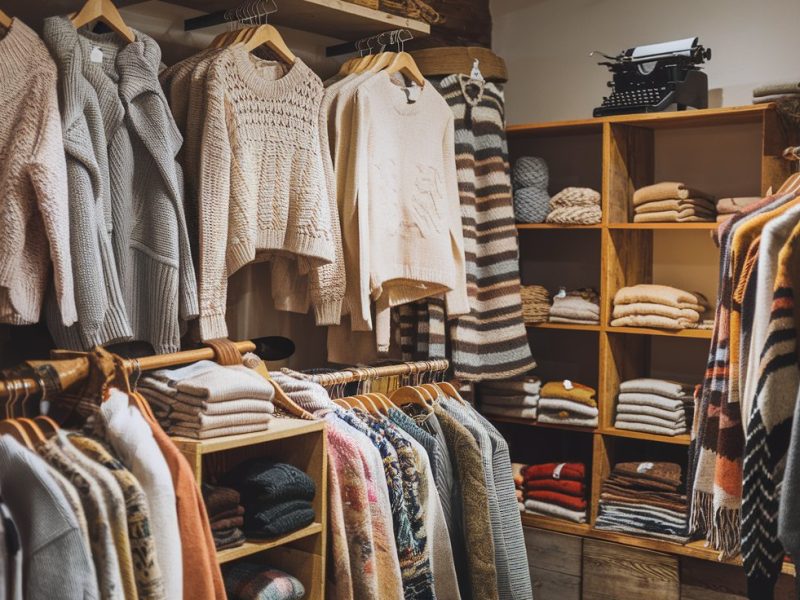The Enduring Appeal of the Midi Dress Across Generations
Fashion trends come and go, but a few designs manage to remain beloved across decades. One timeless piece is the midi dress — a garment that falls gracefully between the knee and ankle. It has left a lasting impact not just on the runway but also on everyday style. From Paris Fashion Week to Instagram Reels, and even in professional spaces and weekend travels, the midi dress adapts effortlessly.
Understanding why this style continues to resonate can guide anyone seeking a wardrobe that feels modern yet deeply rooted in tradition.
• Midi dresses originated in the 1940s and have experienced a resurgence in today’s fashion landscape.
• Their popularity lies in a perfect blend of comfortable silhouette, versatile length, and cultural adaptability.
• This article examines the rich history, worldwide influence, economic value, and styling advice for midi dresses to strengthen personal style and everyday confidence.
A Glimpse Into the History and Evolution of the Midi Dress
The story of the midi dress began in the aftermath of World War II. Seeking to rebuild their lives, women desired clothing that balanced practicality with beauty. Midi dresses, with their moderate hemlines, met this need perfectly.
By the 1960s, the rise of youth culture brought bolder prints and lighter fabrics. In the 1970s, the midi evolved with influences from punk fashion and the bohemian lifestyle, introducing eclectic designs. The 1990s steered fashion toward minimalist aesthetics, emphasizing clean lines and muted colors, giving the midi a sophisticated air.
Today, designers worldwide—from the ateliers of London to the creative hubs of São Paulo—reinterpret the midi with sustainable fabrics and modern tailoring, showing its endless capacity for renewal.
How the Midi Dress Redefined Silhouettes
Midi dresses offer a universally flattering cut that supports freedom of movement. Unlike the mini dress, which often suggests a playful or youthful tone, and the floor-length gown, which feels formal, the midi dress lands perfectly in between.
Its adaptable nature makes it ideal for a variety of settings. A simple cotton midi paired with sandals suits a relaxed day at the market. Swap those sandals for block heels, add a statement belt, and the same dress transitions seamlessly into evening events.
Additionally, the midi’s hemline draws the eye downward, subtly elongating the figure and emphasizing the waist, which enhances natural body proportions without being restrictive.
Cultural Influence and Worldwide Adaptations
Across cultures, the midi dress tells different but equally powerful stories. In Tokyo, creative layering has transformed the midi into a key element of street style, often worn over trousers or with platform boots.
In Nairobi, vibrant African prints meet the midi’s classic shape, turning it into a symbol of cultural pride and individuality. Scandinavian cities like Stockholm embrace minimalism, pairing neutral-toned midis with oversized blazers and sleek sneakers for a polished yet approachable look.
These examples highlight the midi dress’s chameleon-like quality, allowing it to seamlessly merge with different traditions, climates, and personal expressions.
The Midi Dress in Modern Fashion
Social media platforms have fueled the midi dress’s current popularity. Challenges such as #MididressChallenge on TikTok reveal how creatively a single piece can be styled for multiple occasions.
Fast-fashion giants have eagerly tapped into this trend, offering affordable interpretations in every season’s collection. Meanwhile, luxury houses have elevated the midi with innovations like pleated silks, hand-embroidered patterns, and architectural cuts.
This dual presence in both high and mainstream fashion circles ensures that the midi remains accessible to a broad range of shoppers, fulfilling both practical needs and aesthetic desires.
Economic Opportunities for Designers
Recent market studies show a significant growth trajectory for midi dresses. According to a Hong Kong-based trend analysis firm, global sales rose by 18% from 2022 to 2024.
Several factors explain this spike. Midis require less fabric than maxis but offer a more premium feel than minis, allowing brands to maintain good profit margins. The emergence of clothing rental platforms has also contributed, offering consumers access to designer midis without the full retail price.
This shift benefits small designers and emerging labels who want to test their collections in the mid-range fashion sector. Entrepreneurs focusing on slow fashion and limited-run designs also find opportunities to thrive in this space.
Sustainability and the Rise of Eco-Friendly Midi Dresses
The conversation around sustainable fashion finds a strong ally in the midi dress. Its construction makes it easy to repurpose into different garments. A damaged top section can be reworked into a chic midi skirt, giving new life to older pieces.
Designers are increasingly choosing organic fibers like cotton, hemp, and bamboo for their collections. Some brands specialize in using reclaimed fabrics, reducing overall textile waste and promoting a circular economy model.
European retailers are pushing even further, offering incentives to customers who return old dresses for recycling or upcycling. This movement reflects a growing understanding that fashion must support not just style but also environmental responsibility.
Choosing the Perfect Midi Dress
Select the Right Fabric
Climate should guide fabric choice. Breathable linen and lightweight cotton are ideal for tropical settings. For cooler regions, midweight knits and structured weaves offer both comfort and warmth.
Define Your Purpose
Understanding the intended setting ensures a smarter selection. A crisp, tailored midi fits a corporate setting, while flowy, floral versions enhance beach vacations and casual weekends.
Balance According to Height
Petite individuals benefit from midis with high waistlines and vertical design elements that create the illusion of longer legs. Taller individuals might opt for designs with wider skirts or bold horizontal patterns.
Play with Color and Prints
Neutral tones provide versatility for frequent wear, while vibrant prints add character and freshness to any wardrobe. A well-chosen pattern can express personality as much as the cut itself.
Building a Personal Brand with the Midi Dress
In professional and creative industries alike, appearance plays an essential role in communication. A carefully selected midi dress helps project confidence and consistency.
For professionals hosting webinars or participating in video calls, a structured, neutral midi offers an air of reliability and polish. Content creators, on the other hand, can opt for dramatic silhouettes or lively prints that stand out visually without overwhelming their message.
Consistency matters: wearing a recognizable style repeatedly establishes visual identity, helping audiences associate certain qualities—like trustworthiness, creativity, or authority—with the wearer.
The Long-Term Value of a Midi Dress
A midi dress promises longevity both in terms of style and functionality. Its inherent adaptability means it can suit countless occasions, from formal events to casual brunches, from business meetings to laid-back city strolls.
Unlike hyper-trendy pieces that fade within seasons, a well-made midi withstands the changing tides of fashion. It remains a smart investment for building a wardrobe that prioritizes quality, comfort, and elegance.
Before adding a new piece to your collection, it helps to ask, “Will this harmonize with what I already own?” A thoughtfully chosen midi dress almost always fits that need.
The midi dress stands as a testament to the balance between practicality and personal expression. Choosing the right fabric, silhouette, and color enables you to create a wardrobe staple that keeps pace with your dynamic life.
Whether navigating busy workdays or enjoying spontaneous weekend adventures, the midi dress offers a dependable, stylish companion ready for every moment.


